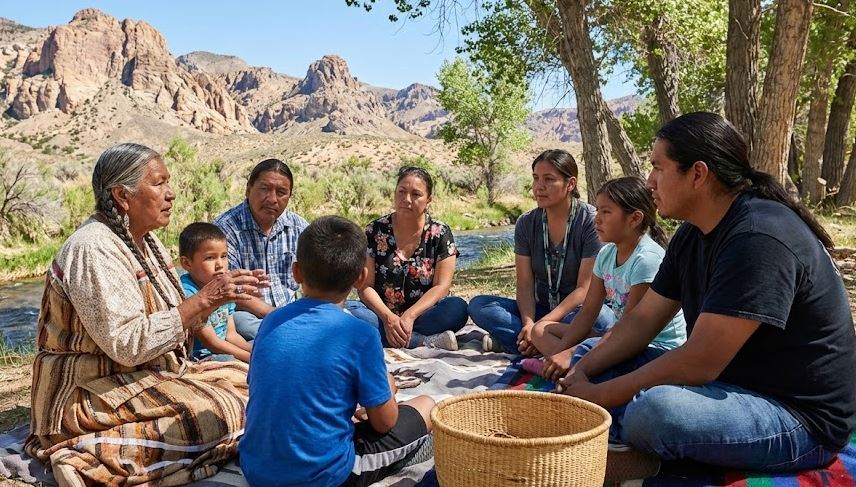Here is a look at what the land was called and the major historical forces that shaped its journey to becoming the "Sooner State."
A Land of Two Territories
The simplest answer to the question is that just before statehood in 1907, the land was split in half.
- 1. Indian Territory (The Eastern Half): This was not an organized U.S. territory in the typical sense. It was a vast tract of land that had been set aside for Native American tribes, primarily the "Five Civilized Tribes" (Cherokee, Chickasaw, Choctaw, Creek, and Seminole), who were forcibly relocated from the Southeastern United States in the 1830s on the "Trail of Tears." Each of these nations had its own capital, government, and laws.
- 2. Oklahoma Territory (The Western Half): This territory was officially created by the Organic Act of 1890. It was formed from the "Unassigned Lands" in the center of Indian Territory, which were famously opened to settlement during the Land Run of 1889. It also included the "Panhandle," a strip of land that had been known as "No Man's Land." Oklahoma Territory was organized like a typical U.S. territory, with a governor appointed by the president and a clear path to statehood.
The Origin of the Name "Oklahoma"
The name "Oklahoma" itself comes from the Indian Territory side of the story.
In 1866, a Choctaw chief named Allen Wright was negotiating a new treaty with the federal government. He proposed the name "Oklahoma" for the territory. The name is a combination of two Choctaw words:
-
Okla meaning "people"
-
Humma meaning "red"
Together, "Oklahoma" means "Land of the Red People." This name was first officially applied to the western Oklahoma Territory before it was eventually used for the entire state.
The Lost "State of Sequoyah"
One of the most fascinating chapters in Oklahoma's history is the attempt to create an entirely different state.
As the U.S. government pushed to end tribal sovereignty and open all remaining land to settlement, the leaders of the Five Civilized Tribes in Indian Territory decided to make a bold move. They knew statehood was inevitable, so they sought to create a state on their own terms.
In 1905, delegates from all five nations met at a constitutional convention in Muskogee. Their goal was to create a new, Native-led state. They drafted a complete constitution, created a map of counties, and chose a name: the State of Sequoyah, in honor of the famed Cherokee who created the Cherokee syllabary (alphabet).
In a special referendum, voters in Indian Territory overwhelmingly approved the new constitution. However, the U.S. Congress in Washington, D.C., ultimately rejected the proposal. Political leaders, including President Theodore Roosevelt, did not want two new states from the region and instead insisted on a single, combined state.
From Two Territories to One State
With the Sequoyah proposal defeated, Congress passed the Oklahoma Enabling Act in 1906. This law authorized the people of both Indian Territory and Oklahoma Territory to come together and write a single constitution.
 Though the State of Sequoyah was never recognized, its 1905 constitution heavily influenced the new Oklahoma Constitution. On November 16, 1907, President Theodore Roosevelt signed the proclamation admitting Oklahoma to the Union as the 46th state, merging two distinct territories into one. Would you like me to draft an article for another of the missing states, such as Delaware or Maine?
Though the State of Sequoyah was never recognized, its 1905 constitution heavily influenced the new Oklahoma Constitution. On November 16, 1907, President Theodore Roosevelt signed the proclamation admitting Oklahoma to the Union as the 46th state, merging two distinct territories into one. Would you like me to draft an article for another of the missing states, such as Delaware or Maine?



